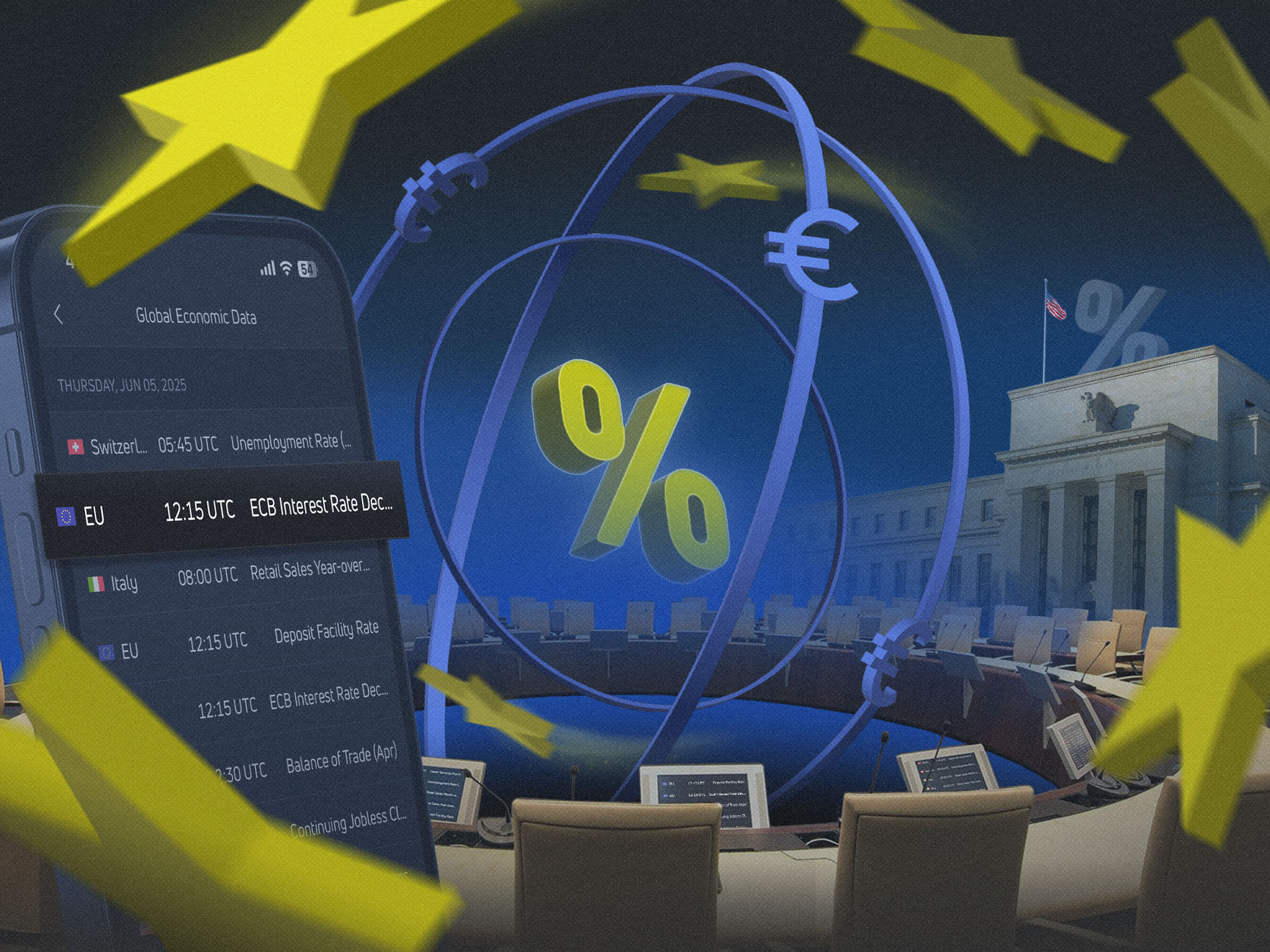ECB may cut rates Thursday and then pause

European and US interest-rate policies continue to diverge, with the European Central Bank cutting rates three times this year, while the Federal Reserve has stood pat.
And that divergence may well continue. All 81 economists polled by Reuters expect the ECB to cut its main interest rate, the deposit facility, by 25 basis points at its meeting Thursday. The group includes Chris Scicluna, chief Europe economist at Daiwa Capital Markets.
Their predictions are based on economic growth and inflation numbers. The eurozone economy expanded only 0.3% in the first quarter, and consumer-price inflation totaled 2.2%, close to the ECB’s target of 2%.
The economic outlook remains bleak. Germany, the zone’s biggest economy, suffers from an over-reliance on exports and the slipping competitiveness of its manufacturing companies.
The International Monetary Fund projects growth of just 0.8% for the eurozone in 2025 as a whole, down from 1% in 2024. US tariffs could weigh on European economies, curtailing their US-bound exports of automobiles, luxury goods, etc.
Inflation and the June 5 meeting
Inflation has been quieted by weak demand at home and overseas, along with falling energy prices.
To be sure, tariffs could push eurozone inflation higher, so it’s not surprising that more than 70% of economists polled by Reuters anticipate the ECB will pause its rate cuts in July. Still, less than 30% believe that a June reduction will be the central bank’s last.
A few ECB Governing Council members favor a pause starting with the June meeting, in light of the inflationary risk of tariffs. However, they aren’t in the majority.
Given the current quiescence of inflation in Europe, “it is appropriate that compared to the Federal Reserve, the ECB has started cutting rates earlier, faster, and likely further this year,” French ECB Governing Council member Francois Villeroy de Galhau told Bloomberg.
In the US, uncertainty about the impact of tariffs on growth and inflation is expected to keep the Fed on hold for months – until at least September, according to the indication of interest-rate futures positions. At that point the positions point to rate cuts, presumably because of economic weakness created by tariffs.
So mismatched monetary policy may continue between the ECB and the Fed.
